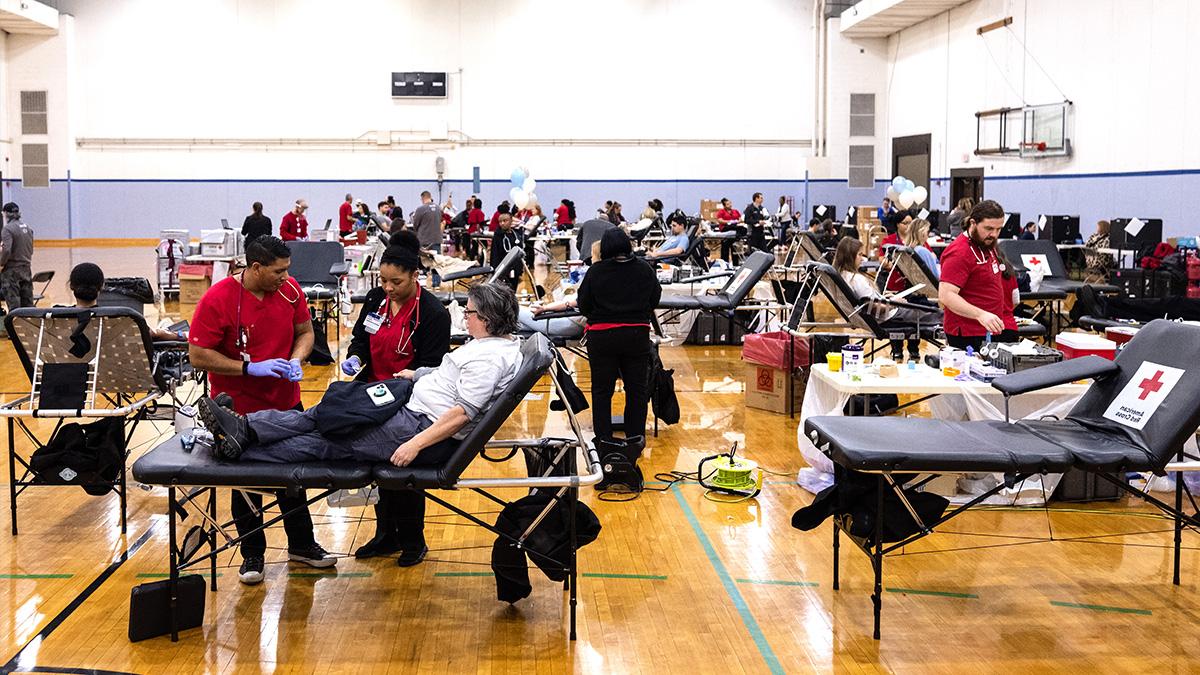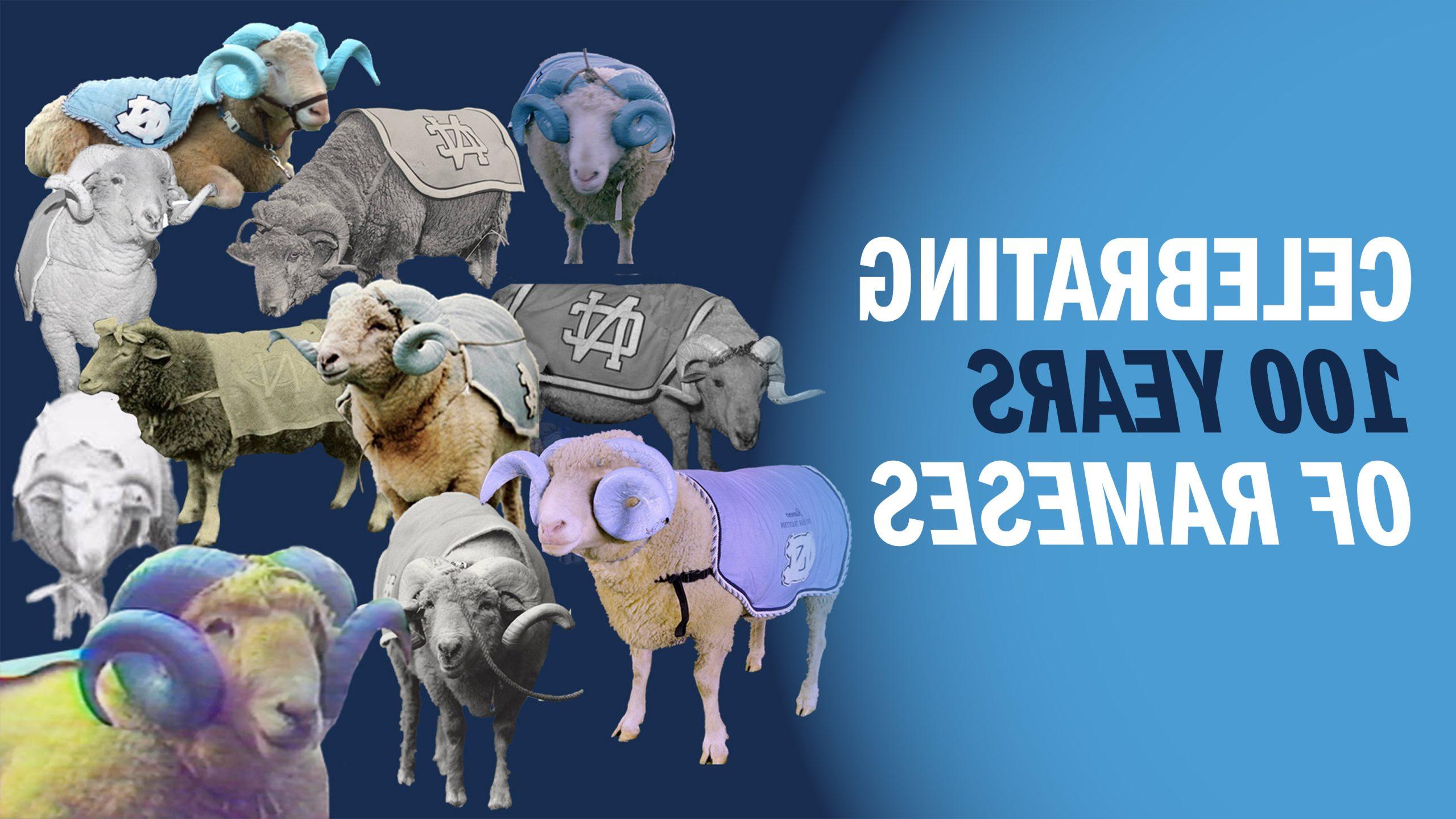Photojournalism alumna conjures new horror film
Arkasha Stevenson ’10 describes how what she learned at Carolina inspired her direction of “The First Omen.”

Arkasha Stevenson has never shied away from capturing images that might provoke.
This is most clear in the Carolina alumna’s first feature film, “The First Omen.” Released in April, this prequel to the 1976 horror classic “The Omen” had controversial images that disturbed audiences and led to friction between the filmmakers and the Motion Picture Association’s ratings board.
Despite the noise, Stevenson is still drawn to stories that may cause some discomfort. This goes back to her time at what’s now the UNC Hussman School of Journalism and Media. Her studies in photojournalism gave her the opportunity to engage with the world around her.
“I’m really a painfully shy person,” Stevenson said. “[Photojournalism] was the perfect way to explore the world. I can be in the corner and just not talk and get to know people intimately.”
This drive led Stevenson down some rather unconventional paths. Once, after helping a classmate on a project covering the Durham police force, Stevenson followed tips that led her to a photojournalism project about female sex workers in Durham.
“It’s still something that takes up a lot of brain space,” Stevenson said. “I was so enraptured with the experience, but my photography teachers were so supportive during the process, encouraging the endeavor and providing emotional support.”
For her work as a student, Stevenson received the prestigious Hearst Journalism Award and was named the 2011 College Photographer of the Year by the North Carolina Press Photographers Association. During this time, however, another passion began to surface. After seeing arthouse filmmaker David Lynch’s “Wild at Heart,” Stevenson started to consider what she might be able to do in the realm of filmmaking.
“I wasn’t a cinephile,” Stevenson said. “But when I saw that film, something exploded in my brain. So much of photojournalism is containing your own thoughts and staying objective so that you’re not really allowed to express. To see a film that emotionally raw, it completely blasted me onto a different path.”

A full circle moment where Stevenson’s latest film played at Chapel Hill’s Varsity theater back in April. (Josh McCormack/UNC-Chapel Hill)
That path led Stevenson to the American Film Institute in Los Angeles, where she pursued an academic career in directing. She worked on short narrative films as a student, and upon graduation, she sought work in television directing. After taking on shows like FX’s “Legion,” USA’s “Briarpatch” and even directing a full season of the anthology series “Channel Zero,” she was offered the opportunity to direct a prequel to “The Omen” from Disney’s 20th Century Studios.
“The First Omen” is a supernatural horror film that features plenty of gruesome moments. But Stevenson made sure not to fall into the realm of exploitation. She says her work at Carolina, particularly when covering harsh subjects, gave her a uniquely sensitive perspective on portraying violence.
“When you photograph real acts of violence against the body, you start to understand that it resonates in such a deep way,” Stevenson said. “We had intense conversations about what was or wasn’t violent and how to not fetishize those images.”
The positive reception from film critics and filmgoers is evidence that Stevenson did something both frightening and thought-provoking. Yet, even after working in Hollywood, she still gives credit to her Tar Heel roots.
“Carolina’s photojournalism department was such a safe haven for me,” Stevenson said. “It was a very supportive community that understood the value of education wasn’t always in the classroom and that it came from going out into the world.”







